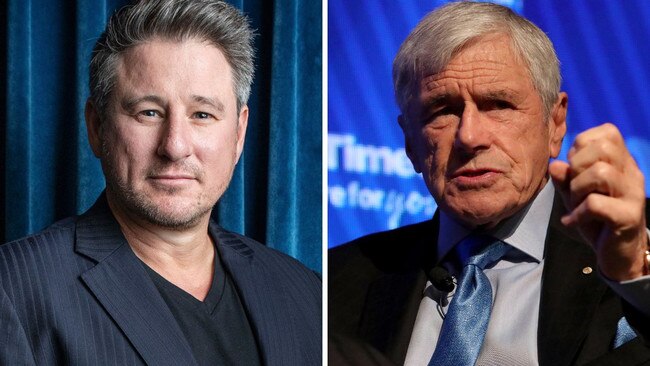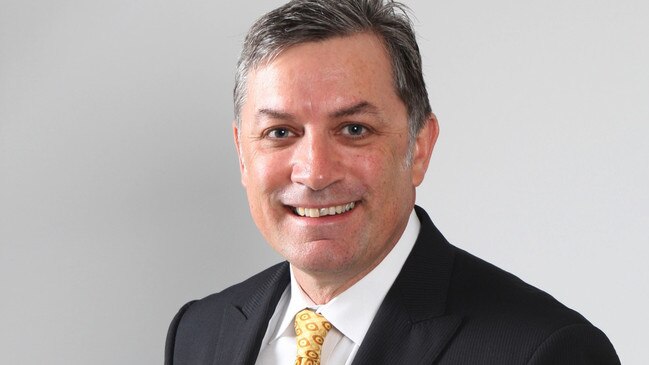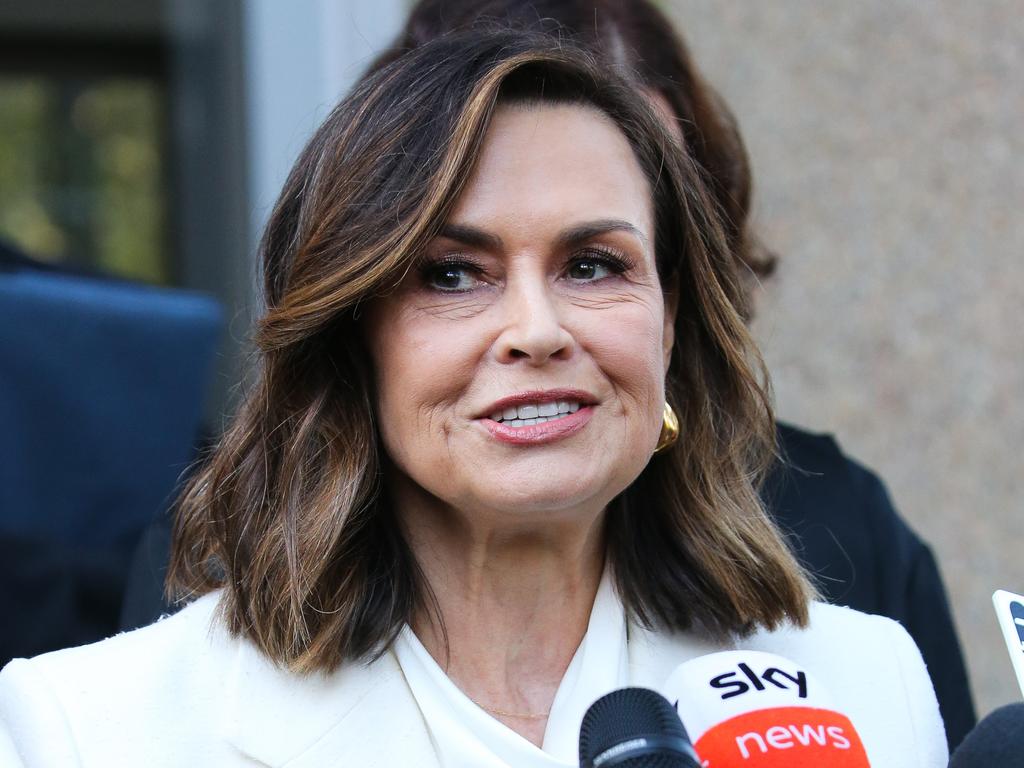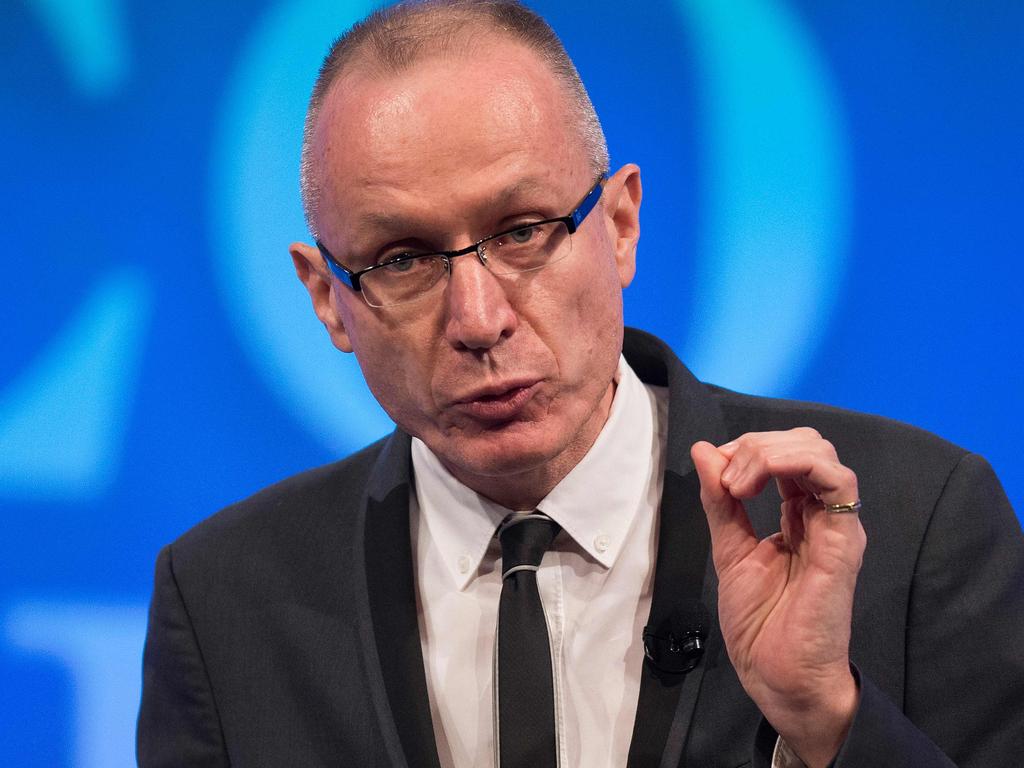Nine Entertainment and Seven West Media at war over Australian Financial Review publishing deal in WA
The squabble between Nine and Seven over printing costs led to the AFR being pulled from WA stores. Nine boss Mike Sneesby was indifferent, as Kerry Stokes offered advice for his rivals.

Three thousand bucks.
The biggest media stoush of the year is a squabble between fierce commercial rivals Nine and Seven over $3000-a-day printing costs – chicken feed to the bean counters at the respective media outlets, not to mention the billionaires with controlling stakes in the companies.
But this being the media industry, other factors aside from money are at play – namely, pride, ego, self-interest and payback.
There’s always payback.
The stoush came to life last Thursday when The Australian Financial Review announced on its website that as of May 22, the printed newspaper would no longer be available in Western Australia, where its print run is about 2000 copies each weekday, or 10 per cent of its national print circulation.
Nine’s main commercial rival, Seven West Media – which is controlled by Kerry Stokes – owns and operates the only major printing press in the state and had effectively pulled the rug on its foes, ending the AFR’s 70-year print presence in WA.
Three weeks ago, SWM WA chief financial officer Shane O’Connor informed Nine’s publishing boss Tory Maguire that it was no longer financially viable for Seven to print the AFR at its plant in Perth’s Osborne Park.

That was, of course, unless Nine agreed to a 100 per cent increase in the value of the printing contract, which would have seen the cost of printing the AFR’s 2000 copies into the WA market go from $3000 to $6000 a day.
It’s understood Nine never seriously considered the offer of paying double, viewing it as a naked attempt to smash its bottom line. There were no negotiations to settle on a more reasonable price hike and on Thursday the news of the decision broke.
Seven’s official line was that it was a purely “a commercial decision”. “To suggest anything else would be inaccurate and disingenuous,” a Seven spokesman said on Thursday night.
Seven doubled-down on Nine just hours after the AFR posted a story online about the move, with senior writer at the Seven-owned West Australian newspaper Neal Prior penning a column under the headline ‘AFR to blame for its own demise in the West’, in which he blamed Nine “for officially turning their back on Perth”.
“The Sydney bosses, who have long treated Perth as a foreign bureau, used the front-page of its newspaper edition on Thursday to reveal their plans to finally give up on their uneconomically tiny number of print readers,” Prior wrote, adding the AFR’s attempts to paint the move as an abuse of power by Stokes as bizarre.
To say AFR’s long-time editor-in-chief Michael Stutchbury was upset would be an understatement. On Friday, the AFR pointed its cannons west, broadly in the direction of Seven’s billionaire chairman Stokes, and fired away.

Stutchbury himself was quoted in the page one story, labelling Seven’s move an “uncompetitive abuse of market power”.
The AFR deployed several of its columnists to rip into Seven, published a daily editorial on the topic, and subsequently quoted two former heads of the Australian Competition & Consumer Commission, Graeme Samuel and Allan Fels, who argued respectively that Seven’s behaviour was indeed an abuse of market power and “exploitative”.
Stutchbury, a newspaper man of several decades’ experience, was still smarting on Sunday, telling The Australian: “The prospect of the AFR not printing or distributing the newspaper after seven decades of doing so is sad. There is no doubt that print still punches above its weight in certain circles.”
In a rare public comment on his media empire – which includes The West Australian newspaper – Stokes goaded his rivals over the decision.
“Their strategy of charging $5 a day for the AFR has failed because they have not provided value for money and people can no longer afford the cover price of the print edition,” he told The Australian at the weekend.
“That can be the only reason for such a decline in sales. If they are that hard up, I am happy to lend them the money to carry on in printing the AFR in WA, as we care about the readers.”
For Stokes – commercial decision or not – rubbing the AFR out of his home state is unlikely to have caused him too many sleepless nights. He famously bankrolled Ben Roberts-Smith’s spectacularly expensive defamation loss, when Nine Newspapers successfully defended its claim that the Victoria Cross winner had committed war crimes.
The outcome of the court case was a bitter blow for Stokes, and some Nine insiders have privately commented that there may well have been an element of “payback” in the decision to effectively shut Nine out of Seven’s printing press.
On the other hand, it’s debatable whether Nine’s departure from WA, in print, anyway, is causing too much angst among the company’s executive team.
Newspaper man Stutchbury might be blowing up, and understandably so, but what does Nine chief executive officer Mike Sneesby make of Seven’s brutal checkmate?
The Australian has been told that when Seven CEO Jeff Howard spoke to Sneesby last week about the decision, and informed him there was no room to negotiate on the 100 per cent mark-up on printing costs in WA, the Nine boss was indifferent, even nonchalant, about the printed AFR’s departure from the state.
“We are going to go digital-only one day anyway, so it’s no big deal,” Sneesby is understood to have said.
In truth, the stoush is a small scrap in the context of a much bigger fight for survival.
Nine’s share price has halved in the three years since Mr Sneesby has been at the helm, while Seven’s share price is currently hovering near a one-year low, closing at 20c on Friday.
Both networks have been cruelled by the soft advertising market, which is taking longer to bounce back than expected, and while Nine is publicly bullish about hosting the summer Olympic Games this year for the first time since 2012 even though the Games are usually a heavy loss-maker.
Seven, of course, is just beginning its rehabilitation, following the Spotlight saga and the unfortunate incident on the day after the Bondi Junction massacre when the Sunrise program named an innocent man as the killer.
Against all that, a relatively minor dispute over modest printing costs doesn’t seem like much, but if the two networks find themselves in a death spiral in coming years, particularly as the free-to-air television market continues to evolve, you can surely expect the relationship between Nine and Seven to become increasingly bitter.



To join the conversation, please log in. Don't have an account? Register
Join the conversation, you are commenting as Logout